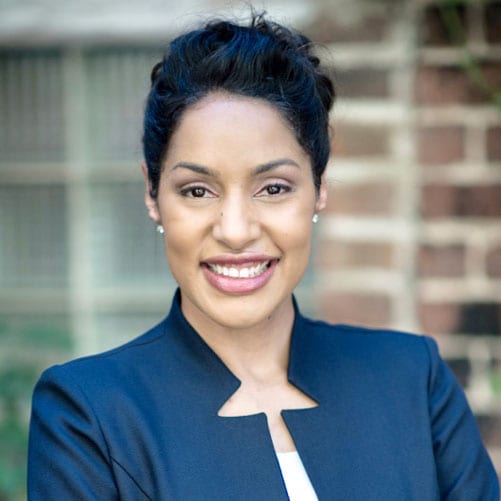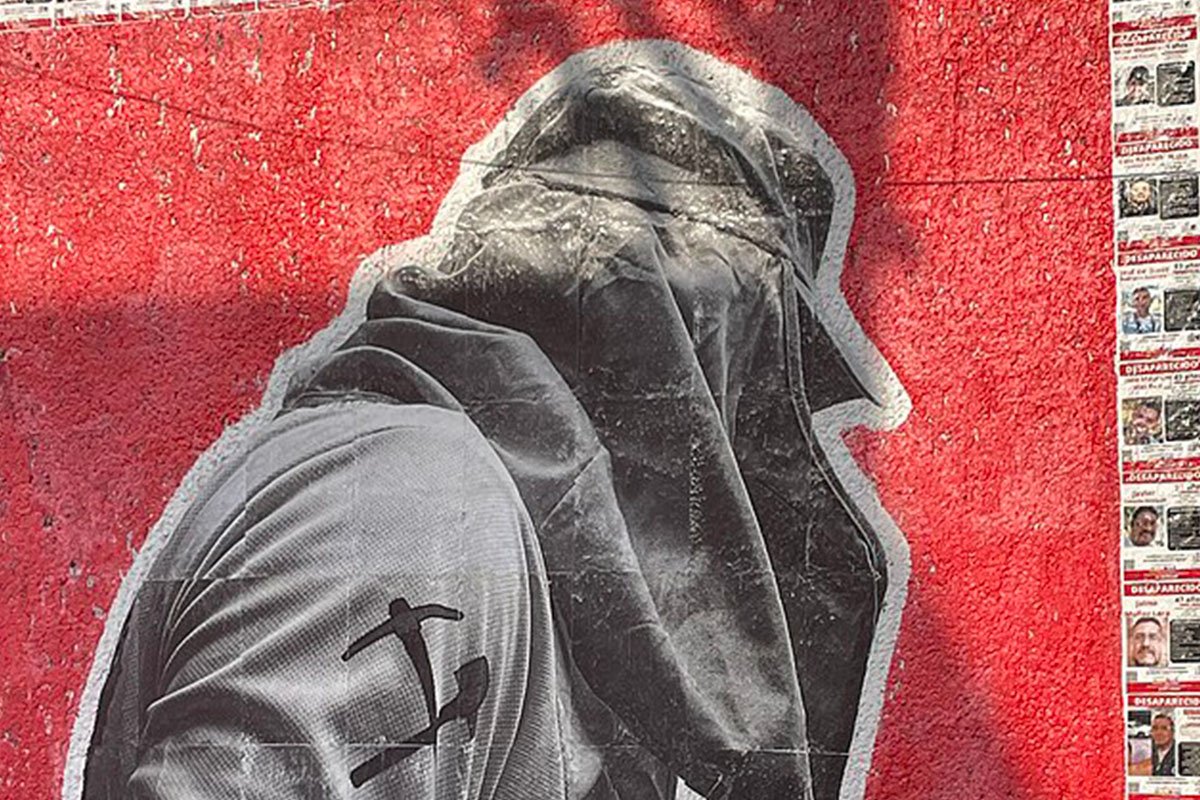
Charlottesville, notes Brennan Gould, who heads the Charlottesville Area Community Foundation, sometimes thinks of itself as the “happiest place in America.” And that view is not without some third-party validation. While it’s highly doubtful that such determinations should fall to economists, a 2014 study published by the National Bureau of Economic Research did place Charlottesville at the top of its “happiness” ratings of all US metropolitan areas. This notion of Charlottesville as a happy, picturesque college town in the Blue Ridge foothills was always a bit of a fantasy, however. Gould points out that there are “barriers and marginalization that people feel constantly.” But until white supremacists decided to converge in Charlottesville in August 2017, it was a fantasy subscribed to by many of the city’s better-off residents, even if, as Emma Eisenberg observed in Slate, nearly a third of residents struggle to meet basic expenses and almost half of renters (47 percent) spend more than 30 percent of their incomes on rent.
“Charlottesville has always been divided,” Tanesha Hudson, a local resident and activist, told Eisenberg. “There’s a rich set of people in the city and there’s a poor set of people in the city. It took…someone dying for people to be willing to talk about it.”
The Unite the Right rally’s impact will reverberate for years—in Charlottesville, but also nationally. The rows of lit torches, with Nazi slogans chanted by an estimated 250 marchers on the evening of August 11, 2017, followed the next day by a neo-Nazi protestor using his vehicle to ram pedestrians, killing Heather Heyer and injuring 19 others, laid bare how deeply white supremacy continues to poison the US. For his part, President Donald Trump made matters worse by blaming “both sides” for the violence. (In an ironic historical twist, it was left for German Chancellor Angela Merkel to issue the unambiguous condemnation of white supremacy that one might have expected from a US president.) All told, including two officers who died in a helicopter crash while monitoring the rally, three were dead and at least 33 injured.
At the time, NPQ underscored the need nationally for nonprofits to refocus on anti-racism work and end “white supremacy in ourselves.” NPQ also offered a challenge— “not only must we publicly disavow white supremacy; we must offer a counter narrative, and model leadership that supports racial justice and economic justice—in society at large and in our organizations.”
This is the challenge that Gould and her colleagues in Charlottesville have taken on. Gould was only appointed president of the foundation this past June, but she has worked at the foundation since 2010. In August 2017, she was director of programs and led the effort to administer the foundation’s Heal Charlottesville Fund, seeded by over $1.4 million that was donated in the wake of the tragedy. A major focus of the Fund, Gould explains, has been to support those who were injured so they can cover basic expenses, such as rent and utilities, even as their lives and livelihoods have been upended. So far, an estimated $400,000 has gone out to survivors.
“We still have funds that we are deploying to support folks for their recovery,” Gould notes.
In a talk given last June at the annual meeting of the community foundation just before she was named foundation president, Gould told the story of one of the survivors:
I visited a friend who was in one of the cars on Fourth Street that day and she suffered an injury resulting in life long and excruciating pain. She experiences flashbacks and anxiety and depression. She’s also grieving the loss of a career as a paramedic. A week after the attack, despite her pain, she proudly passed her EMT [emergency medical technician] exam to become a paramedic, but she was unable to take advantage of the opportunities that were lined up for her because of her injuries.
In an interview with NPR last November, Gould emphasized the importance of philanthropic “staying power.” Gould observed that it “seemed like the world had moved on, in a way. And yet, people were still very much living and dealing with the consequence of that tragedy.”
A second focus of the Fund, notes Gould, has been to support community groups. This included providing support for the Jewish community to meet enhanced security needs around synagogues and at the university Jewish Center. “Part of our healing,” too, adds Gould, “is to address the disparities we see and openly talk about the structural racism and its impact.” This included making foundation grants more accessible to those who might have been left out of grant opportunities in the past.
For example, typically, the foundation had required that people applying for foundation grants be from a nonprofit, but for the Fund “we found ways around that.” Gould explains, “We had a commitment of investing in new and different ways. It broadened our access and raised our profile for folks who didn’t see us as a resource for them. Now the word is out. Now we need to make sure we have the capacity to foster and nurture that.”
Sign up for our free newsletters
Subscribe to NPQ's newsletters to have our top stories delivered directly to your inbox.
By signing up, you agree to our privacy policy and terms of use, and to receive messages from NPQ and our partners.
All told, more than 100 organizations requested a total of $3 million, half from initiatives led by people of color and over half from people who had never applied to the foundation before. Gould says about a third of the requests received got support: “We put $1 million out to 42 organizations to address racial disparities and to promote historical and cultural preservation as well.”
Another lesson that came out of the broader outreach process was that the foundation had largely missed some key areas of community concern. Three areas that Gould highlighted were efforts to advance and promote small businesses, helping returning citizens overcome exclusionary barriers, and telling aspects of the city’s collective history. As Gould put it when talking with NPR, “Part of what we heard from our community that was needed for the healing was opportunities to act, opportunities to really be good and honest about our collective history and also to start to act in ways that will help address the impacts of that history.”
The cultural preservation work, Gould notes, includes recording oral histories “to tell the story of not just slavery but Jim Crow and segregation and all of that over time.” Another project is about preserving the history of a (now closed) Jim Crow-era Black school in a rural part of the country. A third project is supporting the creation of maps that show where racial household covenants used to be in effect and overlays those with a contemporary map of Charlottesville, illustrating how past racist policies continue to impact economic opportunity in the city today.
Centering Equity across the Foundation
Change is a process. The foundation, notes Gould, is still in the middle of the process of centering equity in its work. Gould notes that typically the stance of the foundation has been very much that of being “a community resource, a responsive partner, in touch with the challenges we are facing in the region and deploying our resources to address those challenges.”
Now, Gould says, “While we are still a community resource to serve the region, we do believe it to be critical for the region to have an equity lens to our work.” This means, Gould says, making sure the foundation’s grantmaking and its work with partners is in fact improving the quality of life for all residents. “People are situated differently due to policies and practices,” Gould notes. “We have to be intentional about seeing those and targeting them in different ways.” One example that Gould gives is working with a church involved with social services to develop community ID cards for residents who can’t get IDs, so they can access resources.
A second area of focus has been diversifying the board. While Gould herself is Black, she notes that “our board is nearly all white; we have a couple of board members of color.” Gould says the board has been highly supportive of the shift and that, “There is a real priority and discussion that we do have to change the way we look. In terms of staff, Gould adds, “We are a majority team of color for the first time in the foundation’s history.” Gould adds that she wants to make sure the change process is managed well. “Having older white men in the room talking about equity,” she adds, “sometimes is the right messenger at the right time. I am thoughtful of shifting and using the voice in the appropriate ways.”
A third area of focus, Gould explains, is rooted in an acknowledgement that “white supremacy as an ideology, intentional or not, shapes a lot of the way we function in the world. It is throughout our culture.” For example, Gould notes, Charlottesville still faces the impact of the 1960s demolition of Vinegar Hill. “All of the residents were reallocated to public housing and there are generations that are still in public housing and experience all of the negative impacts that come with that,” Gould explains.
“The time has passed,” Gould adds, “that we can be OK with this universal concept of helping others—that by doing this activity or this charitable work, if we are offering it to everyone, then everyone benefits. That is not true. We have to have an equity lens and understand how communities do and don’t work and be much more targeted.” Internally, the foundation, notes Gould is in the “beginning stages of our own formal work” and is working with a consultant to shape that work.
Gould adds that she believes community foundations have a critical role to play in influencing and modeling equity work in their communities. “Every organization has their own journey based on their history,” Gould says, but she does think models can emerge. “Part of our commitment is to share out our learnings and be part of the national conversation.”
One specific recommendation Gould makes is for foundation boards to bring “on a younger perspective, while still valuing the experience and viewpoint of folks who have been in a field for a while. I want to underscore the value of that. Success is going to require a cross-generational conversation and planning and strategy as we go forward.”











